Date Posted
01.01.2023
Author
Kapil Pandey
Life can be thought of as a continuous sequence of emotional states that arise out of various contexts and experiences. These emotional states, called Bhava in Sanskrit, arising out of an overall aesthetic experience of life, known as Rasa, give life its different hues, shades and colours. The Navrasa or the Theory of the Nine Rasas has been the anchor of Indian aesthetics ever since it was laid out in the Natyashastra approximately 2000 years ago, and further expounded upon in the Abhinavabharati of Abhinavagupta about 1000 years ago.
Shringaar rasa – Love, beauty, attractiveness and the richness we feel upon being loved or loving someone; feeling healthy, fit and nourished;
Hasya rasa – Laughter, mirth – at others, at situations, at yourself
Karunya rasa – Compassion; a sense of empathy for others, especially in their times of tribulations; seeking mercy
Raudra rasa – Anger – both destructive and the one born out of injustice and a will to change things for the better
Veera rasa – Bravery, fearlessness, self-confidence, determination, boldness and grit; being able to speak the truth and overcome our fears; heroism
Bhayanaka rasa – Facing something that is more powerful than oneself; feeling of helplessness; angst, fear, phobia, distress
Bibhatsya rasa – Disgust; acts, instances, manners and images that evoke an unpleasant feeling; feeling of revulsion or strong disapproval aroused some unpleasant or offensive
Adbhuta rasa – Amazement, curiosity, astonishment and wonder; the feeling when someone comes across something divine, surreal or even supernatural – something never seen or imagined before
Shanta rasa – Tranquillity and peace; the state of calm and untroubled steadiness; complete harmony between mind, body and Universe
At VDIS, we believe that signs are emotional beings and in signage resides the agency to affect or respond to the different emotional states (bhava) of user experience – often directly and sometimes sideways. Signs capture the rasa or aesthetic of the spaces they inhabit and if designed well, they have the ability to speak for these very spaces. And therefore, mining into the essence of the space has been the basis for each and every signage identity we have successfully designed.
So, we grabbed the first opportunity we got to present these aesthetic stimuli (read signage) to the world of architecture in an exhibition recently organised by the Federation of Architects and Interior Designers (FOAID), New Delhi. And we decided to do this by exploring the rasas that are captured in the signs we see in our rozmarras.
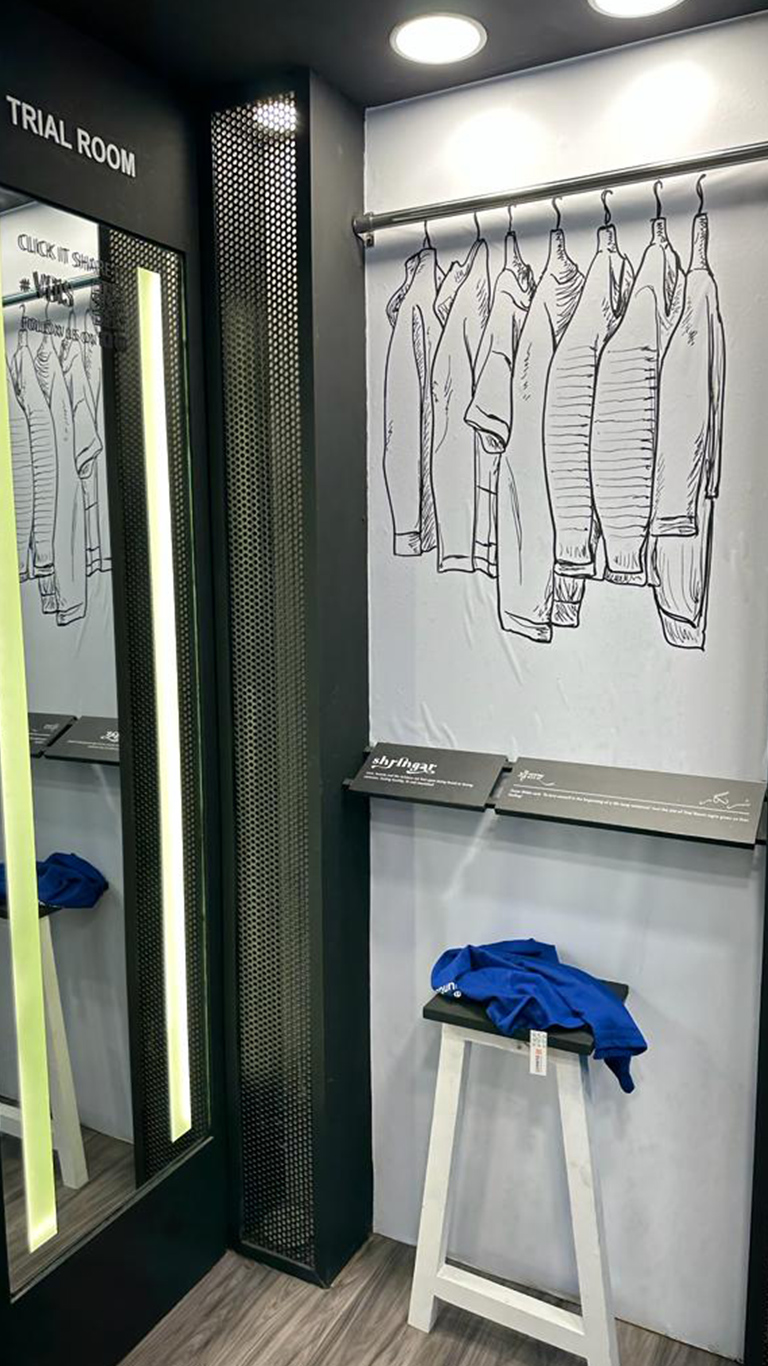
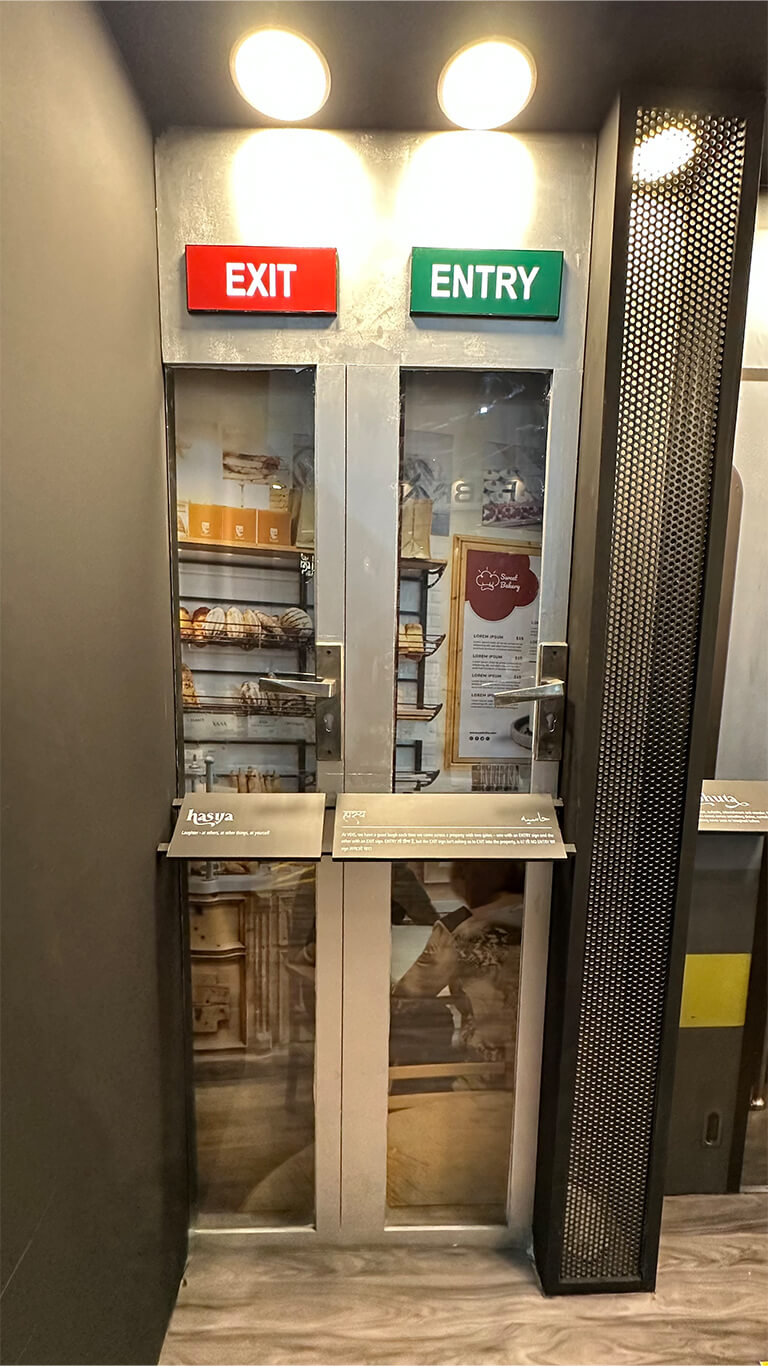
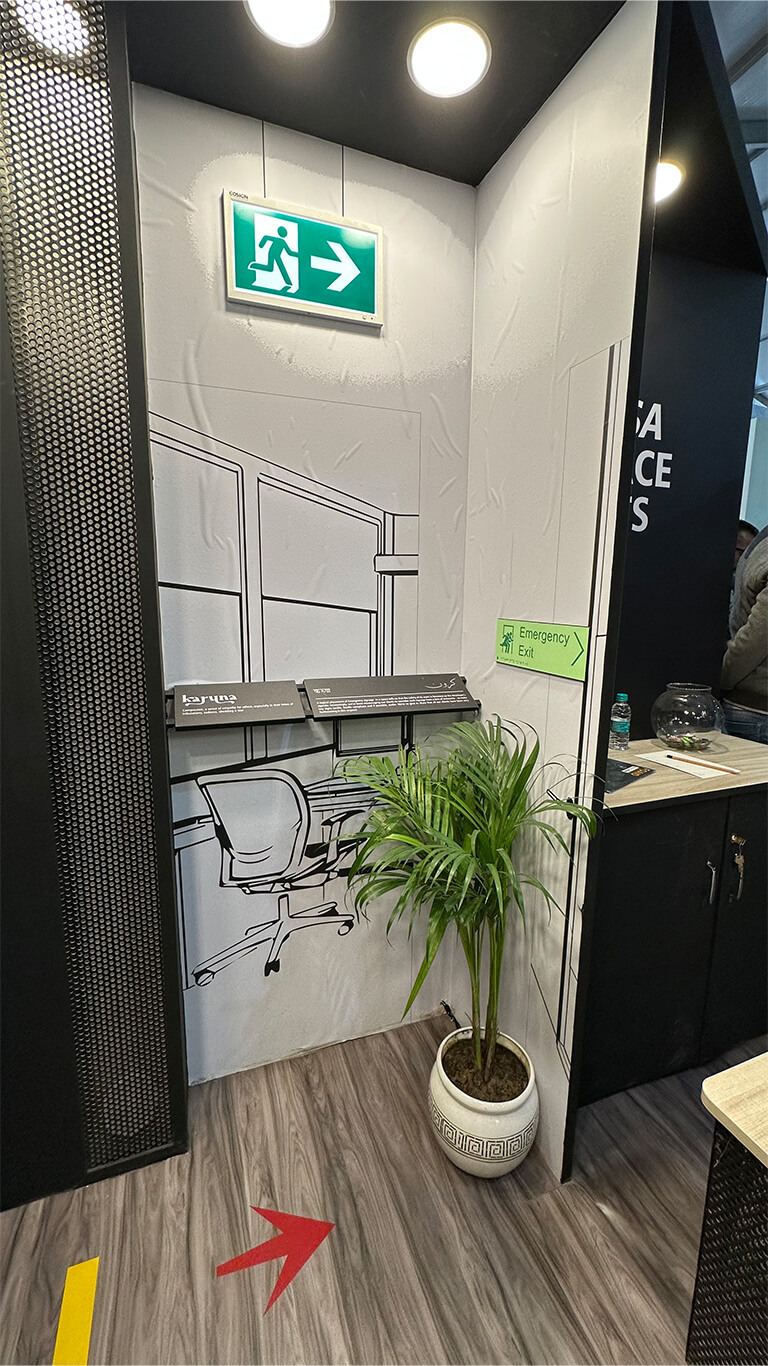
Shringaar Rasa
Oscar Wilde said, ‘To love oneself is the beginning of a life-long romance!’ Just the site of Trial Room signage gives us that feeling! These are spaces where we all spend that extra moment looking at ourselves and try to make ourselves look better. It’s another matter that a number of people who walked into our booth felt that Trial Room signs remind them of the Bibhatsya rasa as they remind them of how disgustingly unfit they are!!
Haasya Rasa
At VDIS, we have a good laugh each time we come across a property with two gates/doors – one with an ENTRY sign and the other with an EXIT sign. Entry to theek hai, but the EXIT sign isn’t asking us to EXIT into the property, is it? To NO ENTRY ka sign lagao yaar!! Here’s an example of pointlessly making instructions confusing for the users. Most spaces we’ve encountered tend to not consider the user while designing and planning signage. Most signage therefore defies logic.
Karunya Rasa
A good design and planning of Emergency signage in a space tells us that the realtors had the safety of its users and occupants foremost on their agenda. Increasingly, we’ve been encouraging our clients to consider such signage from the lens of inclusivity – to make key signs tactile, Braille compliant and if possible, audio-enabled. We’re so glad to share that all our clients have been very forthcoming in this respect!
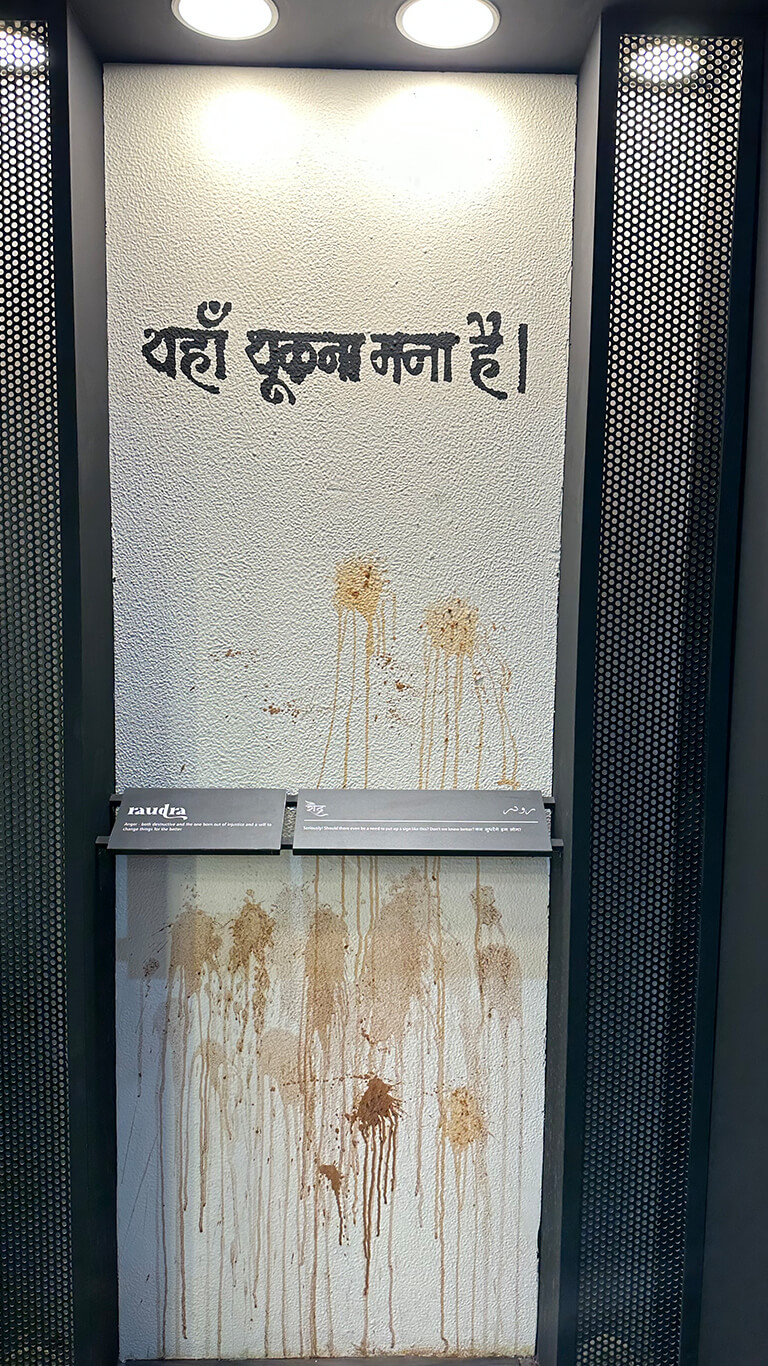
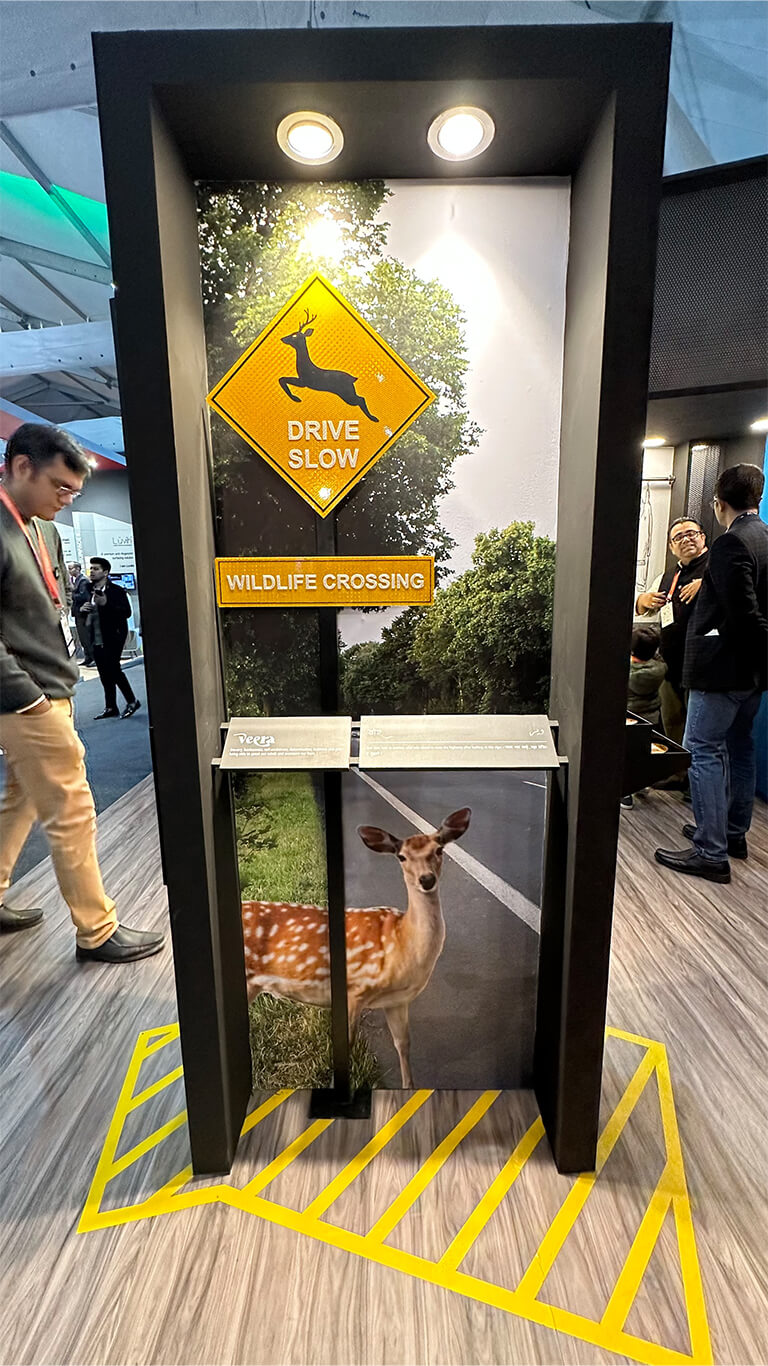
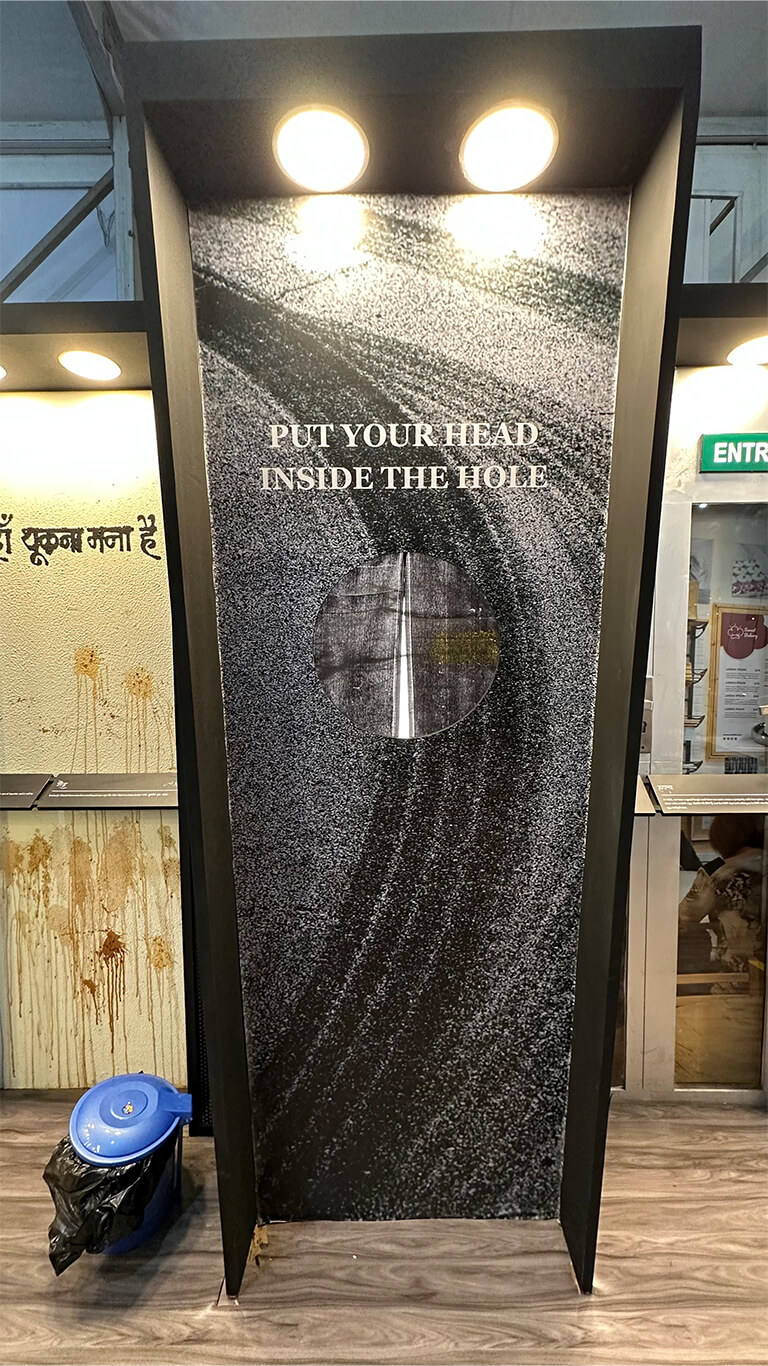
Raudra Rasa
Seriously! Should there even be a need to put up a sign like this? Don’t we know better? Kab sudhrenge hum log? It’s not a surprise that this sign fell into the Bibhatsa Rasa basket for most viewers. Needless to mention, we did a great job of making our wall look really disgusting (Check it out. All the tobacco and kattha you see are cent percent genuine!). But what makes us feel angry is the idea that we still need to instruct people not to violate or disrespect others’ (and public) spaces.
Veera Rasa
One deer said to another as they were about to cross the highway after looking at this sign – ‘Maan gaye bhai, bada daring hai tujhme!’ To us, this Rasa is from the deer’s reference frame. The deer is indeed Veera – heroic – for attempting to go its own way despite human interference. Perhaps our accompanying Bhava should be Raudra?
Bhayanaka Rasa
We’ve come to the conclusion that poetic humour about matters of death is scarier than the serious caution signs!
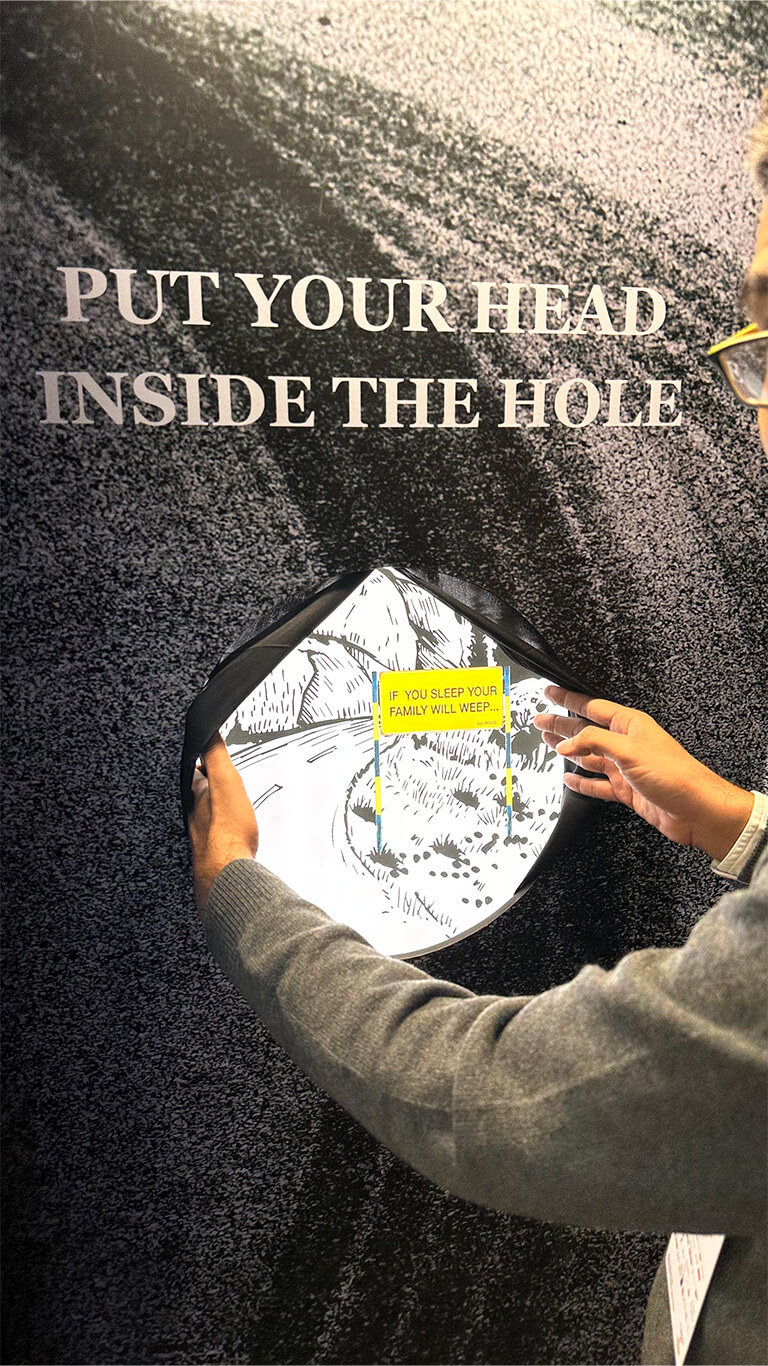
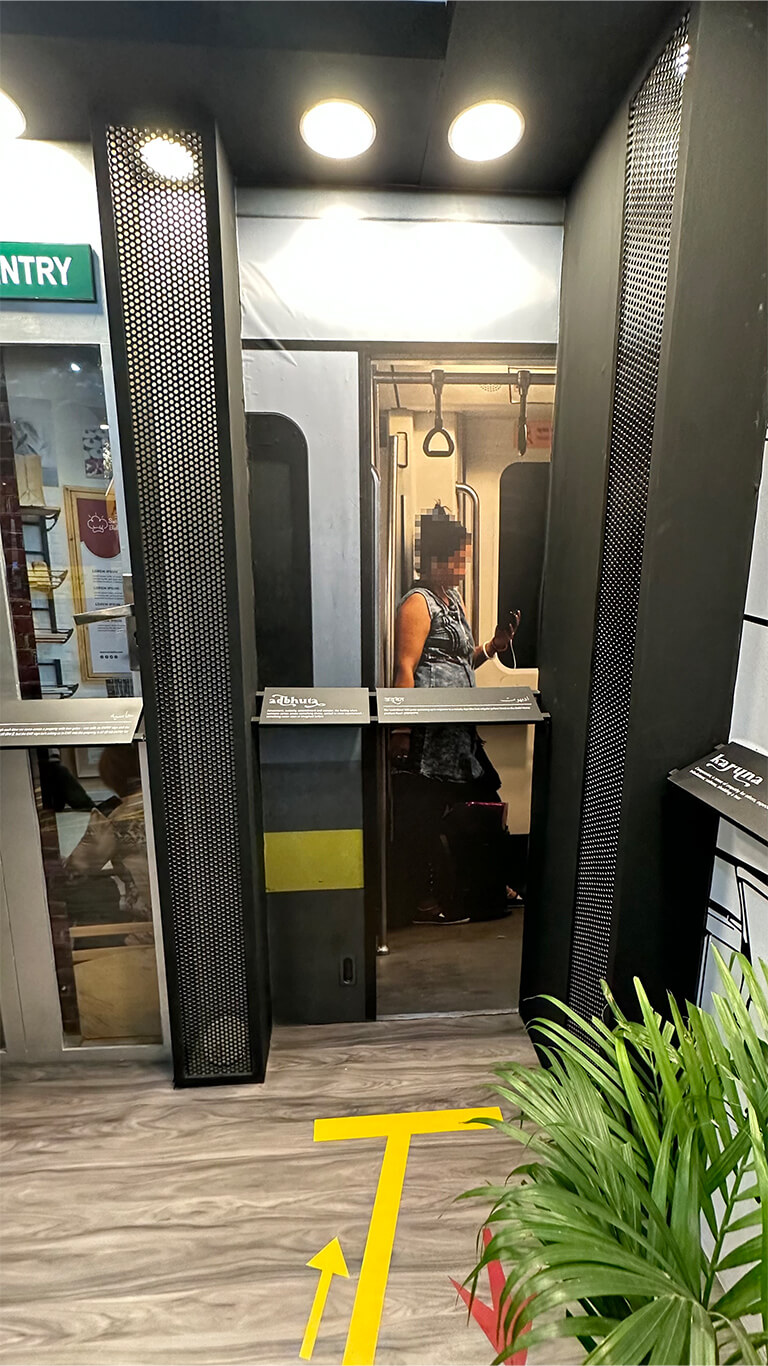
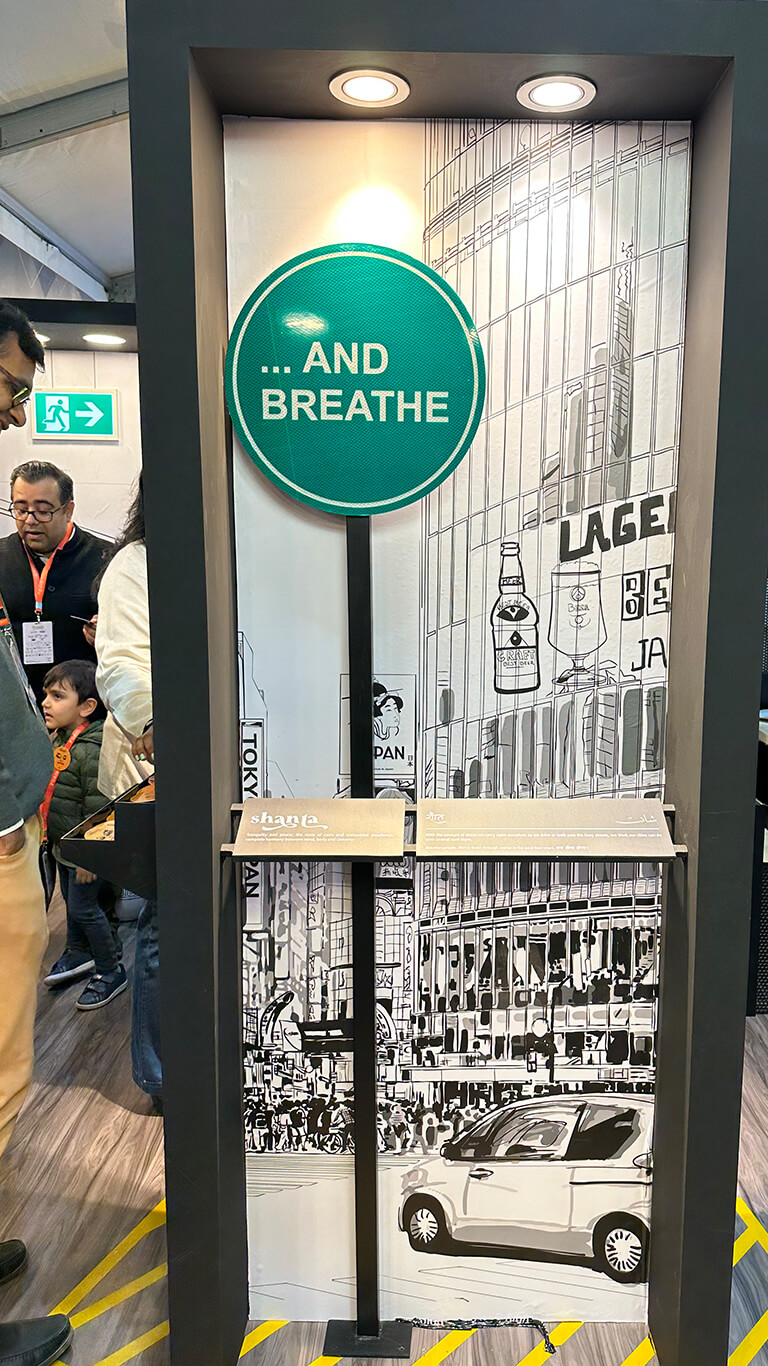
Bibhatsa Rasa
Do you know that 80% of women in India suffer from urinary tract infection at least once in their lifetime? And this is not just because of using a dirty toilet seat but also due to holding the urge to pee for hours on end to avoid that dirty toilet seat. It was no surprise that most women friends and colleagues we spoke to felt that the Bibhatsa rasa reminded them of the Female public toilet sign.
Adbhuta Rasa
The ‘uncivilized’ Dilli janta queueing up in response to a measly sign (the two angular yellow lines) on the metro platform floor! Asadharan! And that’s the power of a sign!
Shanta Rasa
With the amount of stress we carry upon ourselves as we drive or walk past the busy streets, we think our cities can do with several such signs. Breathe people. We’ve lived through worse in the past two years. Sab theek hoga!
